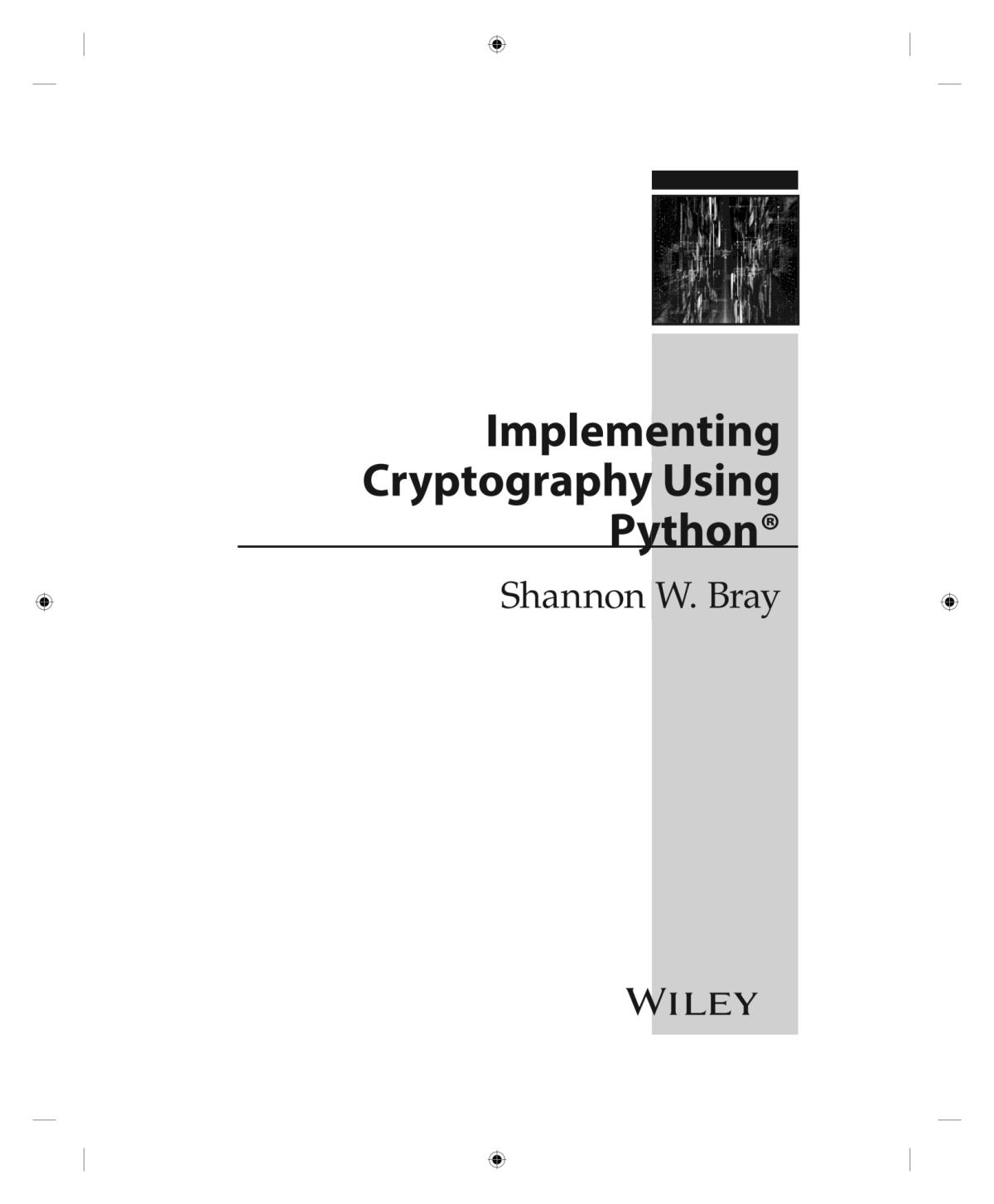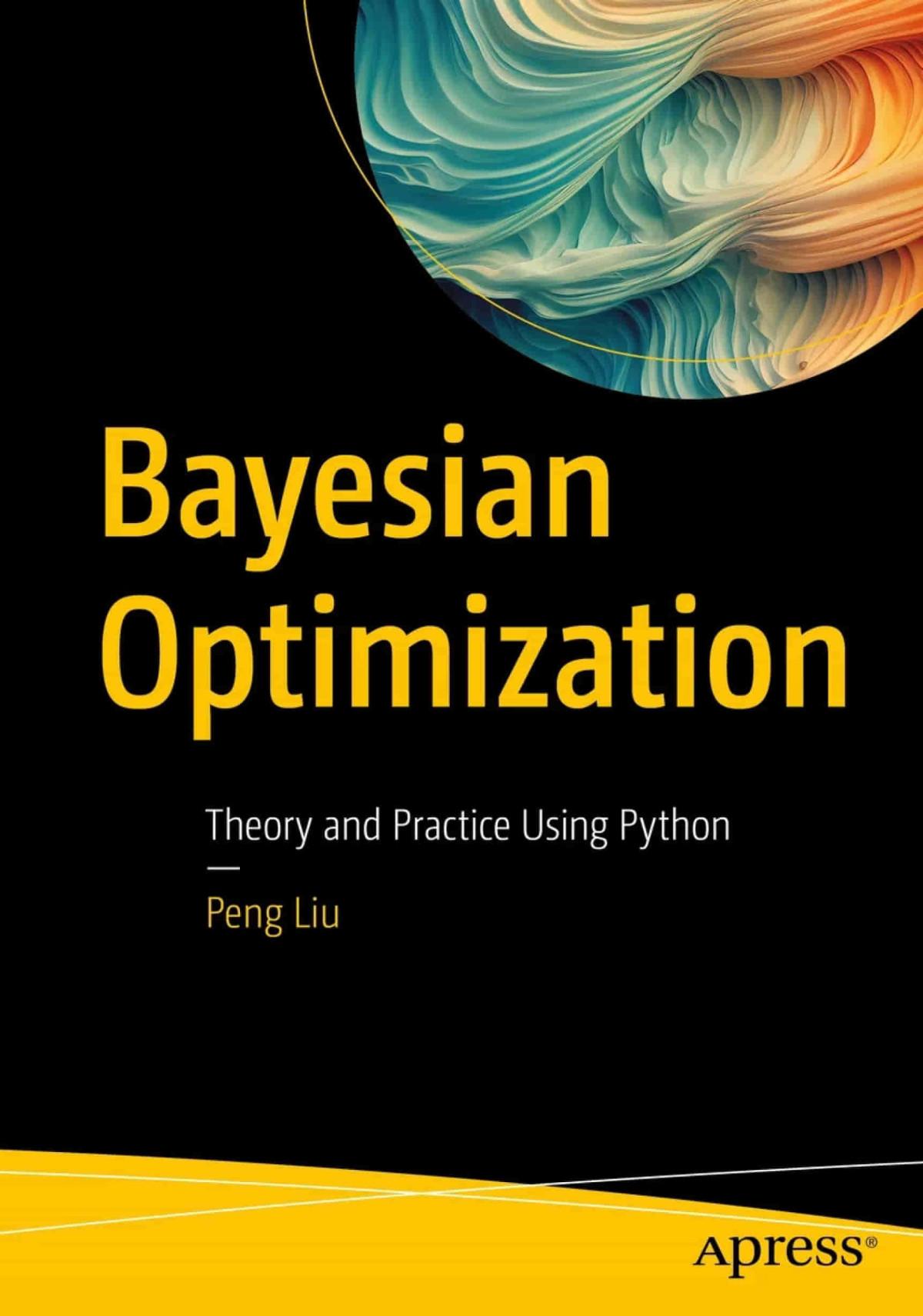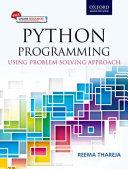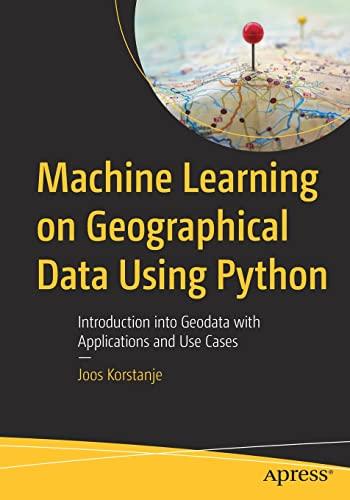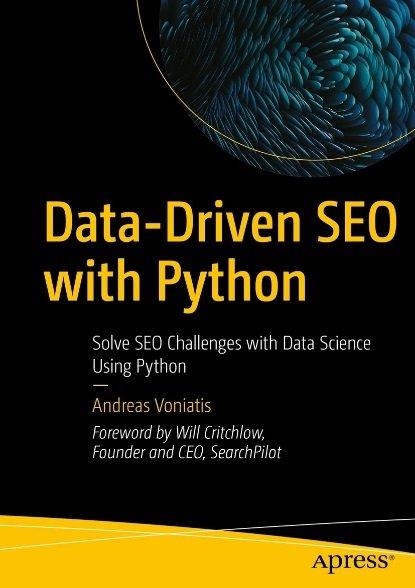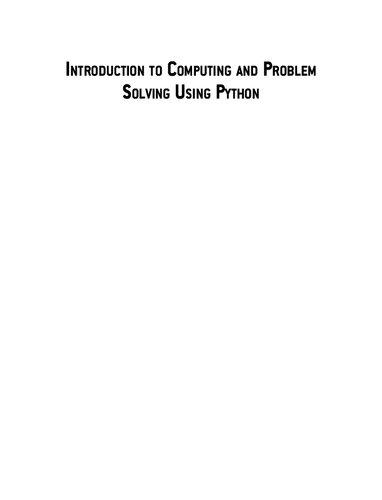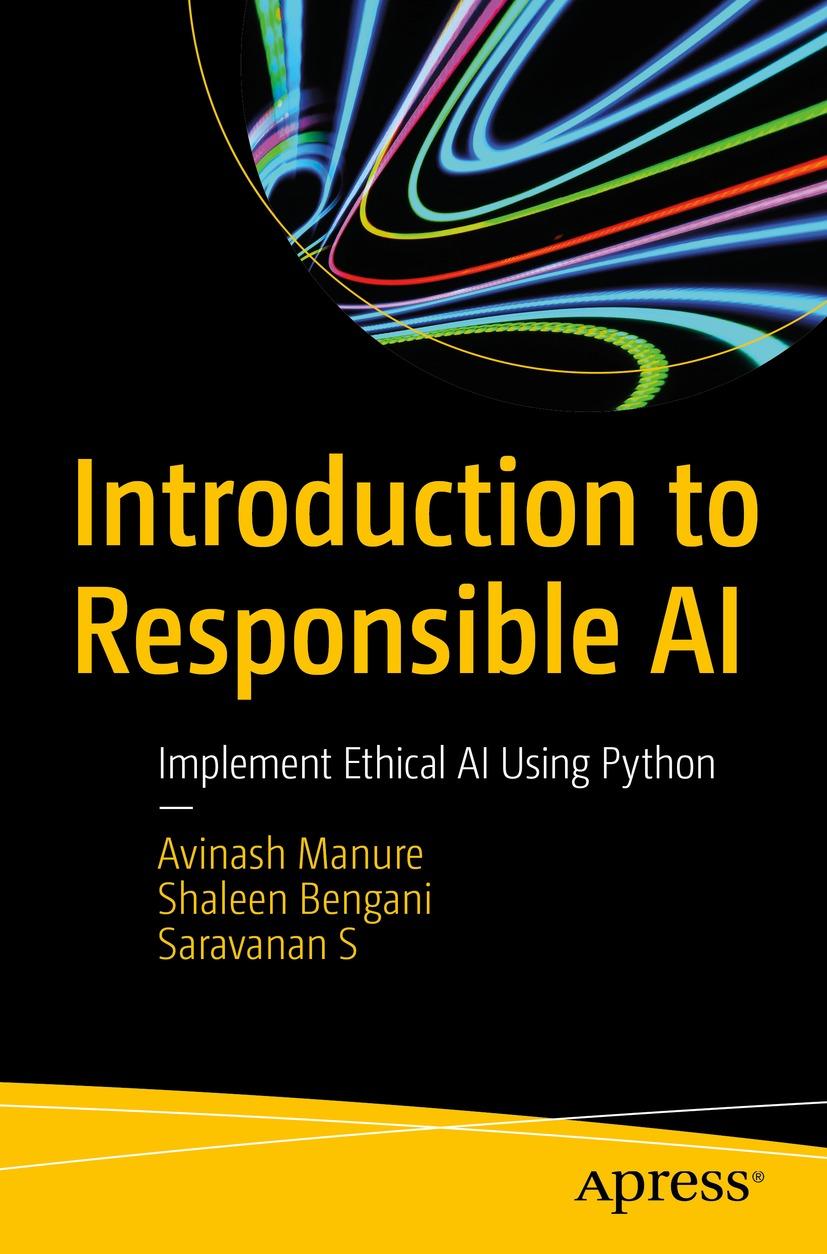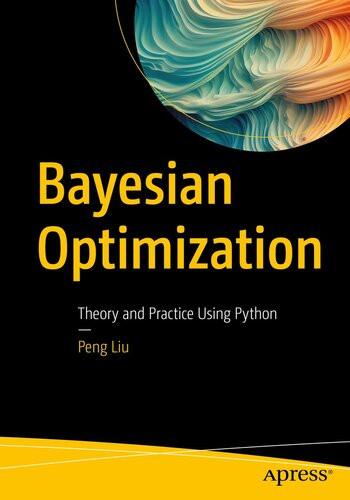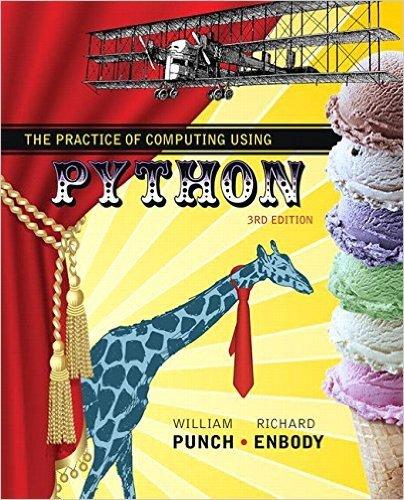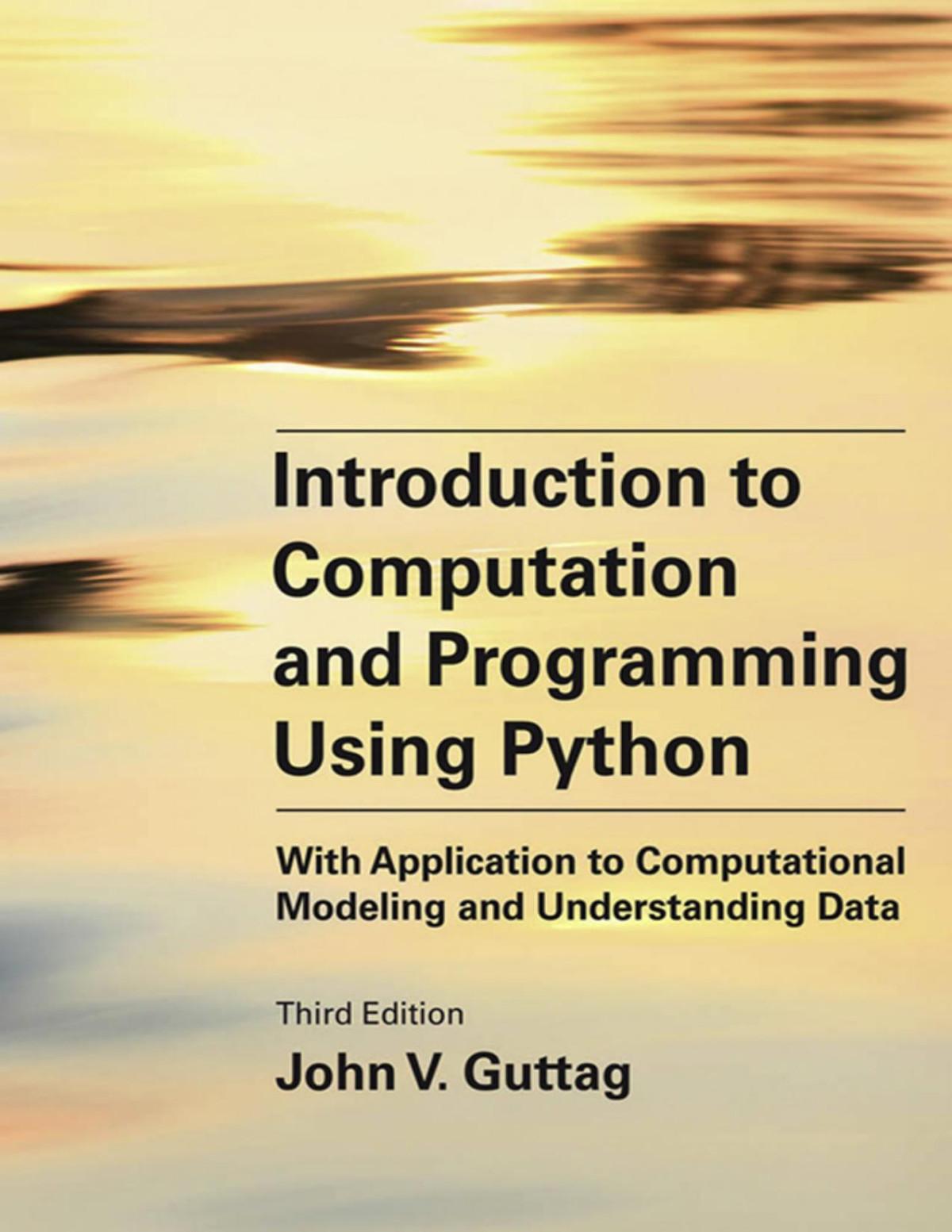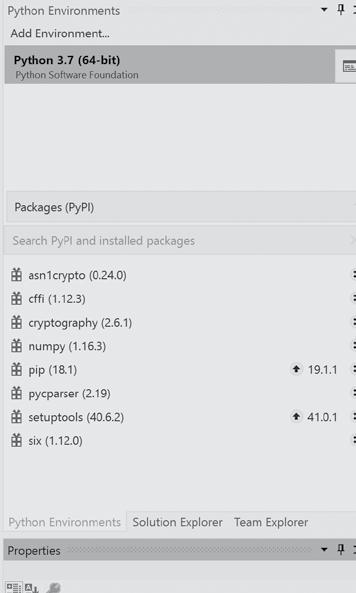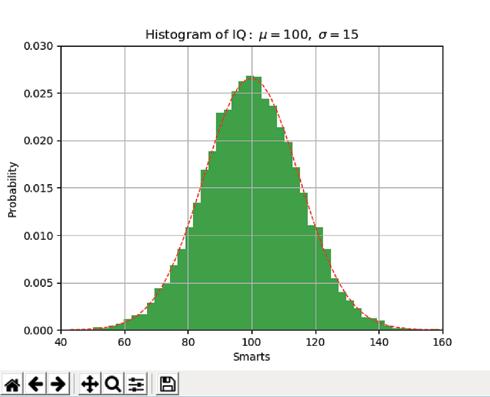Implementing Cryptography Using Python®
Shannon W. Bray
Published by John Wiley & Sons, Inc.
10475 Crosspoint Boulevard Indianapolis, IN 46256
www.wiley.com
Copyright © 2020 by John Wiley & Sons, Inc., Indianapolis, Indiana
Published simultaneously in Canada
ISBN: 978-1-119-61220-9
ISBN: 978-1-119-61222-3 (ebk)
ISBN: 978-1-119-61545-3 (ebk)
Manufactured in the United States of America
No part of this publication may be reproduced, stored in a retrieval system or transmitted in any form or by any means, electronic, mechanical, photocopying, recording, scanning or otherwise, except as permitted under Sections 107 or 108 of the 1976 United States Copyright Act, without either the prior written permission of the Publisher, or authorization through payment of the appropriate per-copy fee to the Copyright Clearance Center, 222 Rosewood Drive, Danvers, MA 01923, (978) 750-8400, fax (978) 646-8600. Requests to the Publisher for permission should be addressed to the Permissions Department, John Wiley & Sons, Inc., 111 River Street, Hoboken, NJ 07030, (201) 748-6011, fax (201) 748-6008, or online at http://www.wiley.com/ go/permissions.
Limit of Liability/Disclaimer of Warranty: The publisher and the author make no representations or warranties with respect to the accuracy or completeness of the contents of this work and specifically disclaim all warranties, including without limitation warranties of fitness for a particular purpose. No warranty may be created or extended by sales or promotional materials. The advice and strategies contained herein may not be suitable for every situation. This work is sold with the understanding that the publisher is not engaged in rendering legal, accounting, or other professional services. If professional assistance is required, the services of a competent professional person should be sought. Neither the publisher nor the author shall be liable for damages arising herefrom. The fact that an organization or Web site is referred to in this work as a citation and/or a potential source of further information does not mean that the author or the publisher endorses the information the organization or website may provide or recommendations it may make. Further, readers should be aware that Internet websites listed in this work may have changed or disappeared between when this work was written and when it is read.
For general information on our other products and services please contact our Customer Care Department within the United States at (877) 762-2974, outside the United States at (317) 572-3993 or fax (317) 572-4002.
Wiley publishes in a variety of print and electronic formats and by print-on-demand. Some material included with standard print versions of this book may not be included in e-books or in print-on-demand. If this book refers to media such as a CD or DVD that is not included in the version you purchased, you may download this material at http://booksupport.wiley.com. For more information about Wiley products, visit www.wiley.com
Library of Congress Control Number: 2020940306
Trademarks: Wiley and the Wiley logo are trademarks or registered trademarks of John Wiley & Sons, Inc. and/or its affiliates, in the United States and other countries, and may not be used without written permission. Python is a registered trademark of Python Software Foundation. All other trademarks are the property of their respective owners. John Wiley & Sons, Inc. is not associated with any product or vendor mentioned in this book.
To Stephanie, Eden, Hayden, and Kenna, with all my love, for making each and every day special.
Acknowledgments
While this is my third book, every book comes with its own set of challenges. Completing a book is not always a fun project but does become a labor of love. As soon as you start, life has a way of throwing changes at you, and it seems that you never have the time that you thought you would have. Shortly after starting this book, I started a PhD program with the Missouri University of Science and Technology and transitioned through a number of government contracts, ran for political office, and then became a work-from-home teacher as the world battled a global pandemic. I knew that the editing team would be earning their pay with whatever I put together. That team has been wonderful with their feedback and responsiveness. Specifically, I’d like to thank the following people on the Wiley team: Barath Kumar Rajasekaran, production editor; Jim Minatel, acquisitions editor; Pete Gaughan, content enablement manager; Brent Cook and James Langbridge, technical editors, and, most importantly, Kim Wimpsett, the project editor. Kim did her best to keep me on schedule, but I found new ways to miss a few deadlines.
I initiated my journey into cryptography while studying for my undergrad. Most of the cryptography concepts I learned were based on what one would need for their CISSP or Security+ exams. Most of my understanding was at a high level, and it was difficult to remember the more intricate aspects until cryptography became a primary focus.
It wasn’t until I started my master’s in cybersecurity that I began applying cryptographic features within a scripting environment. The concepts in this book will help you advance your knowledge and experience as you dig deeper into understanding the use of cryptography in Python.
Over the past few years, several governments have discussed legislation that will ensure that any form of communication, whether it’s an email, text message, or video chat, can always be read by the police or intelligence services if they have a warrant. Governments are putting pressure on technology companies to give them backdoor access or the keys to the kingdom so that they can keep the country safe.
The fight between lawmakers and encrypted messaging platforms has entered new territory. Imagine a world where the government has seized the opportunity to scan every electronic message by government-approved scanning software. The privacy and security of all users will suffer if law enforcement agencies achieve their dream of breaking cryptosystems. Proponents of end-toend encryption, like Microsoft, Facebook, and Google, may lose their campaign to maintain user security as a priority.
We have all heard of times when it would be beneficial for encrypted data to magically become readable; this is often related to criminal cases. Should criminals be allowed to plot their plans in secret? Where does the right to our privacy start? In reality, there are technical and legal issues with allowing governments to do this; this of course will be strongly opposed by technology and
privacy advocates. The world is at war on what can be encrypted, what should be encrypted, and who should have the keys to unlock someone else’s encryption.
Whether you agree or disagree with what powers a nation-state should have over encrypted communications in their country, you should understand what encryption is, how to apply it when needed, and how to ensure that the data you are receiving is authentic and confidential. Over the course of this book, you will get a basic understanding of how to cryptographically secure your messages, files, or Internet traffic using easy-to-understand Python recipes that have been created or updated to support Python 3.
What This Book Covers
This book focuses on helping you pick the right Python environment for your needs so that you can hit the ground running. You will get an understanding of what algorithms are and explore the basics of Python.
Once you have an idea of where you are starting from, you will get an overview of what cryptography is, what perfect secrecy means, and the history of cryptography and how its use changed our world.
To get a full understanding of some of the cryptographic concepts, a little math is needed. You will get an understanding of how prime numbers, basic group theory, and pseudorandom number generators help build cryptographic solutions. This will build the foundation for understanding various stream and block ciphers and highlight some of their encryption modes and weaknesses.
Every cryptographic discussion is better with pictures, so we will spend a chapter focusing on how image cryptography and steganography work. We’ll also highlight a few issues that you will need to be aware of while dealing with images.
Message integrity is just as important as message secrecy. Knowing who sent the message to you directly relates to whether the message is credible. You will learn how to generate message authentication codes to ensure integrity during transit.
The strength of encryption will be shown at the end of the book when you will learn about PKI schemes and explore how to implement elliptic curve cryptography in an application. The application you build will exchange data in a highly secure format over an unsecure channel, thus ensuring that you are able to control your own end-to-end encryption scheme that no one will be able to decrypt without the keys you create. I hope you find the journey as fun as I did.
What You Need to Know
This book assumes that you are fairly new to cryptography. While there is a brief introduction to how to set up and use Python, you will get the most out of the book if you have experience in another programming or scripting language.
What You Need to Have
The concepts presented in this book can be executed on Microsoft Windows, Linux, Chromebook, or iOS. Your choice of editor will most likely depend on the underlying operating system, although most of the Python recipes presented here will execute in online editors as well as most shells that are using a Python interpreter that is 3.0 or greater.
How to Use This Book
The topics in this book get more advanced as you progress through it, so you can work through the material from front to back and build your skills as you go. You can also use this book as a reference that you can consult when you need help with the following situations:
■ You’re stuck while trying to figure out how to secure your data.
■ You need to do something using cryptography that you’ve never done before.
■ You have some time on your hands, and you’re interested in learning something new about Python and cryptography.
The index is comprehensive, and each chapter typically focuses on a single broad topic. Don’t be discouraged if some of the material is over your head. As you work through the coding samples and build out the final solution, the concepts should become easier to understand.
What’s on the Website
Nearly everything discussed in this book has examples with it. You can (and should) download the many useful examples included with this book. We have verified that each file will run in environments that are Python version 3.0 and higher.
The files are located at github.com/braycrypto/cryptography, as well as at www.wiley.com/go/cryptographywithpython.
Exploring Algorithms
The algorithms you will explore in this book can be quite sophisticated, but most of the logic is encapsulated into little black boxes that allow you to interface with the algorithms using functions. In the programming or mathematical world, a function is merely a way to enter values and receive output. When using algorithms in cryptography, we generally have two inputs for encryption and two inputs for decryption:
■ The encryption process will take the plaintext message (P) along with an encryption key (K) and then run the plaintext through encryption algorithms, which will return ciphertext (C).
■ On the decryption side, the ciphertext (C) will be supplied along with the encryption key (K), which will produce the plaintext (P) message.
As you study various encryption themes throughout this book, you will find that they are described by three algorithms: GEN for key generation, ENC for the encryption algorithm, and DEC for the decryption algorithm. You’ll revisit this concept at the end of this chapter when you learn how to create a Python function.
Why Use Python?
Using Python for cryptography is simpler than using languages such as C or C++; while free libraries such as OpenSSL are available, their use can be quite complex. Python removes these complexities with many built-in libraries that aid in cryptography scripting. It is also a great choice because Python is free in terms of license. Python can be described as an open-source, general-purpose language that is object oriented, functional, and procedural, and it allows for the interface with C/ObjC/Java/Fortran and even .NET. A number of versions are available, from 2.5.x through 3.x. Currently, 3.x is becoming more popular as new libraries are introduced. Python comes preinstalled with Linux and macOS, and you can install it on Windows as well. You will learn how to install Python in each of these environments later in this chapter.
Because Python is available for Windows, Linux/Unix, Mac, and Chromebooks, among others, the lessons you learn here will be portable to several environments. Python has proven to be quite powerful in information security and can be used to quickly script solutions to help you become a better security practitioner. If you are using Ubuntu Linux, every command you see in
this book will work. If you are on a Mac, you can use the Terminal app found inside the Utilities folder. On a Windows machine, you have several options as well: you can install a number of tools such as Cygwin, Visual Studio, or PyCharm; use the Windows 10 Linux subsystem; or just install Ubuntu Linux from the Microsoft Store. If you are new to Linux, I recommend practicing your command-line skills a bit to help get you comfortable.
When you start the Python shell (by typing python or python3 at the command line), you will see the version and the date associated with the version. For instance, if you install and run Python in a Linux environment, you should see something similar to the following:
Python 3.7.4+ (default, Sep 4 2019, 08:03:05)
[GCC 9.2.1 20190827] on linux
Type "help", "copyright", "credits" or "license" for more information.
>>>
The majority of Python interpreters use >>> as a prompt to accept user input; one notable exception is IPython, which is discussed briefly in a moment. Once you are in a Python shell, exit by pressing CTRL+D or typing exit(). Python files use a .py extension, and we start their execution in Linux environments by typing python3 filename.py; (keep in mind that you still need to chmod +x the file).
NOTE In Unix-like operating systems, the chmod command sets the permissions of files or directories.
As you will learn later in this chapter, a large number of modules are available for Python, many of which we will use along your journey of learning cryptography. One of the more notable modules you will learn more about is NumPy. NumPy offers numerical operations to Python, including fast multidimensional array operations, random number generation, and linear algebra. Another module that you will be introduced to is Matplotlib, which is an excellent library for plotting. In Chapter 6, you will learn more about PyFITS, which is a module that provides access to Flexible Image Transport System (FITS) files. FITS is a portable file standard that is widely used throughout the astronomy community to store images and tables. We will be combining it with our cryptography techniques to encrypt and decrypt image files.
Downloading and Installing Python
You can download the Python interpreter from www.python.org/python, where you’ll find versions for Ubuntu, macOS, and Windows. Be sure to download version 3.7 or higher, since Python 2 is now unsupported.
Installing on Ubuntu
If you are running Ubuntu, install Python from the Ubuntu Software Center using these steps:
1. Open the Ubuntu Software Center.
2. In the search box in the top-right corner of the window, type Python.
3. Select IDLE.
4. Click Install.
Installing on macOS
If you are using macOS, download the .dmg file for your version of macOS and execute it. When the DMG package opens, do the following:
1. Double-click the Python package file (.mpkg).
2. Click Continue through the Welcome section and click Agree to accept the license.
3. Select HD Macintosh and click Install.
Installing on Windows
If you are using Windows, download and run the Python installer; it should have an .msi extension. Then follow these steps:
1. Click Install Now to begin the installation.
2. When the installation completes, click Close.
Notice the mention of upgrading. You can upgrade a package by clearing out the Search PyPI and Installed Packages search box. This will show you all of the installed packages. Any package that has an update will have an up arrow next to it along with the newer version number (see Figure 1.1). You may have to elevate your privileges.
Installing on a Chromebook
New Windows and Chrome OS computers give you the ability to install Linux. The Chrome OS, which is becoming more popular, enables you to install a Linux container that you can interact with but also keeps the rest of the environment isolated so that you do not have to worry about messing up your system.
To get started with Python 3 on a Chromebook, click the time in the lowerright corner. If you have the appropriate permissions on the Chromebook, you should see a Settings button that looks like a flower with a dot in the middle of it. Once you are in Settings, you can scroll down until you find Linux (Beta) and then enable it by clicking Turn On. It may take several minutes, but once it is complete, you will be able to run Linux tools, editors, and IDEs on your Chromebook. To continue with the Chromebook installation, see the next section for instructions on how to install NumPy and Matplotlib.
Installing Additional Packages
Many of the coding recipes that you will find in this book require additional packages or modules to help reduce the amount of code you need to write to ensure message security. Most Python interpreters use a command-line approach of loading the packages. Integrated development environments (IDEs) may have unique ways of loading packages for each interpreter available.
Figure 1.1: Upgrading packages
Installing Pip, NumPy, and Matplotlib
Ensure you are in a command shell environment with a prompt. In the following example installation, you will get an update to the packages that come with your Python version.
Pip, or Pip3 in this case, is the package management system for Python; it is used to install and manage software packages written in Python. Pip is similar to tools like Bundle, NPM, and Composer in other programming languages. NumPy, which stands for Numerical Python, is a Python package that is the core library for scientific computing. It contains a powerful n-dimensional array object, and provides tools for integrating C, C++, and many other languages. Matplotlib is an excellent solution for scientific plotting; it has the ability to be automated and produce a wide variety of customizable high-quality plots.
Once the shell is open, type the following commands:
~$ sudo apt-get update
~$ sudo apt install python-pip
~$ pip3 install numpy
~$ pip3 install matplotlib
~$ $ python3 -c "import numpy as np; import matplotlib.pyplot as plt; x = np.linspace(0, 2 * np.pi); y = np.sin(x); plt.plot(x, y); plt.show()"
NOTE Depending on your environment, you may need to install python3-pip to get Pip3 to work. On installs such as Ubuntu 16.04 on Windows, you will not be able to install version 3 when you install python-pip.
To start the Python 3 shell, type the following:
~$ python3
You should see something similar to the following depending on the version that is installed:
Python 3.X.X (default, date)
[GCC 6.3.0 20170516] on linux
Type "help", "copyright", "credits" or "license" for more information.
>>>
To test whether you have the additional packages installed correctly, open your favorite Python editor. If you don’t have one, you can elect to use Nano in a Linux environment or even Notepad in a Windows environment. Type the following:
#!/usr/bin/env python
import numpy as np
import matplotlib.mlab as mlab
import matplotlib.pyplot as plt
mu, sigma = 100, 15
x = mu + sigma*np.random.randn(10000)
# the histogram of the data
n, bins, patches = plt.hist(x, 50, normed=1, facecolor='green', alpha=0.75)
# add a 'best fit' line
y = mlab.normpdf( bins, mu, sigma)
l = plt.plot(bins, y, 'r--', linewidth=1)
plt.xlabel('Smarts')
plt.ylabel('Probability')
plt.title(r'$\mathrm{Histogram\ of\ IQ:}\ \mu=100,\ \sigma=15$')
plt.axis([40, 160, 0, 0.03])
plt.grid(True)
plt.show()
Save the file as matplot.py and execute the file. The preceding Python recipe will generate a plot using NumPy and the Matplotlib library (see Figure 1.2).
Installing the Cryptography Package
Python has a Cryptography package that provides cryptographic recipes and primitives to Python developers. It is designed to be your “cryptographic standard library.” As of this writing, it supports Python 2.7, Python 3.4+, and PyPy 5.4+. You can install the Cryptography package by using Pip3. The syntax is as follows:
$ pip3 install cryptography
Figure 1.2: Matplot.py test
The Cryptography package includes both high-level recipes and low-level interfaces to common cryptographic algorithms such as symmetric ciphers, message digests, and key derivation functions. For example, to encrypt something with Cryptography’s high-level symmetric encryption recipe, use this:
>>> from cryptography.fernet import Fernet
>>> # Put this somewhere safe!
>>> key = Fernet.generate_key()
>>> f = Fernet(key)
>>> token = f.encrypt(b"A really secret message. Not for prying eyes.")
>>> token
'...'
>>> f.decrypt(token)
'A really secret message. Not for prying eyes.'
Installing Additional Packages
IPython is available through many providers; it is an enhanced, interactive version of Python. IPython offers a combination of convenient shell features, special commands, and a history mechanism for both input and output. IPython offers a vastly improved set of functionality and flexibility; it is a fully compatible replacement for the standard Python interpreter. You can install IPython by typing the following:
sudo apt install IPython3
apt-get install python3-IPython
To use IPython, type IPython3 -h at the system command line. You can start the shell by typing this:
~$ IPython3
You should see something similar to the following:
Python 3.5.3 (default, Sep 27 2018, 17:25:39)
Type "copyright", "credits" or "license" for more information.
IPython 5.1.0 -- An enhanced Interactive Python
In [1]:
Please note that you will need to pay attention to the version of Python; this example is using Python 3.5.3, but you may see something like Python 2.x if you did not specify IPython3. When Python 3 first came out, many libraries didn’t exist, so many people stayed with 2 .x. Python 3 has caught up and is now a great language. There are, however, a few differences between Python 2.x and Python 3, so if you find that some of your scripts fail, try running them using an alternate version.
